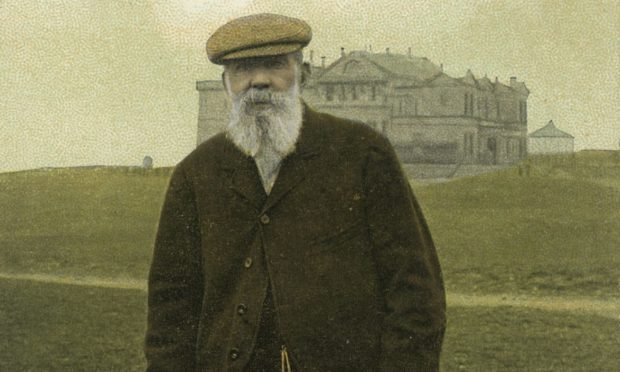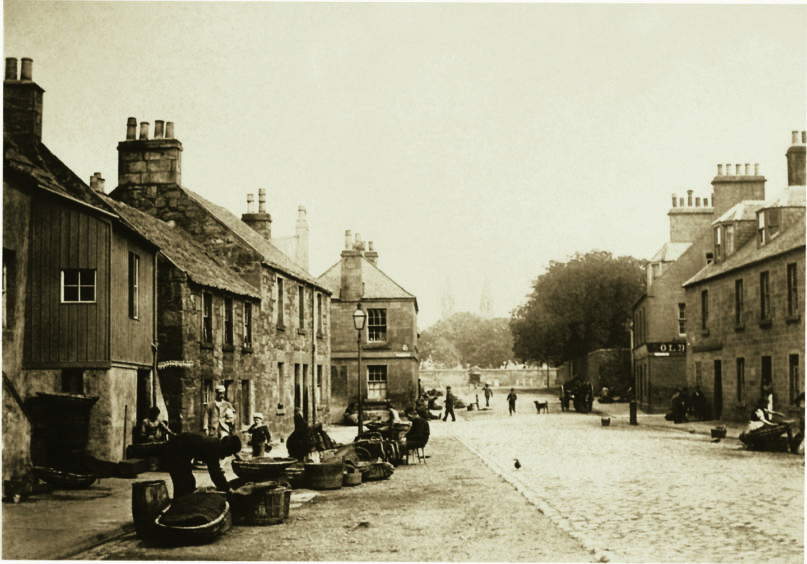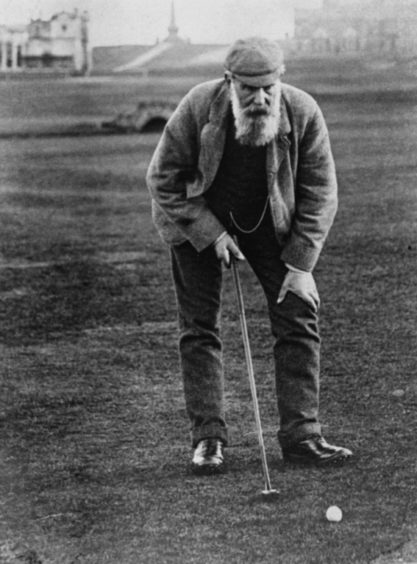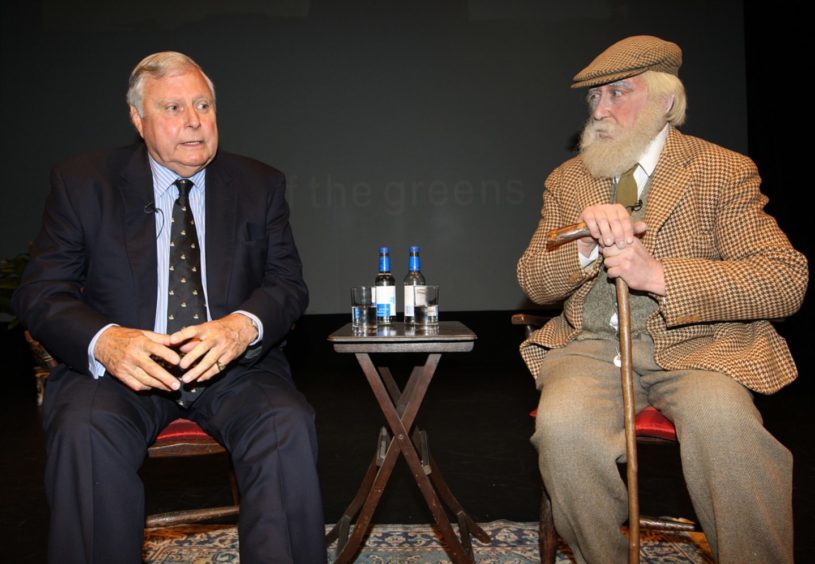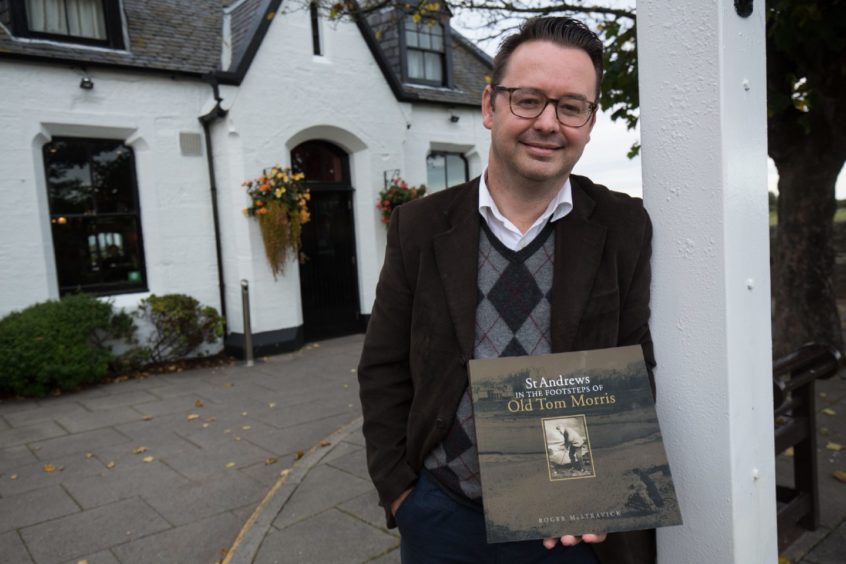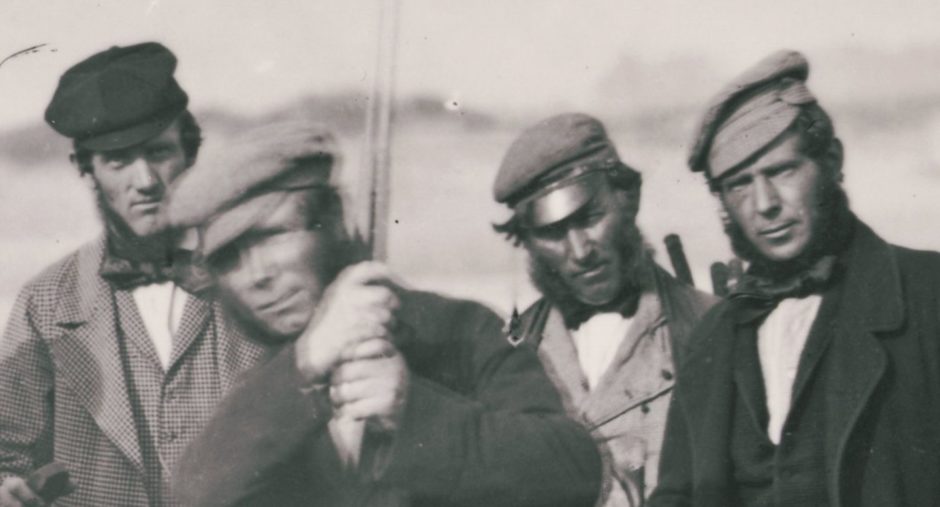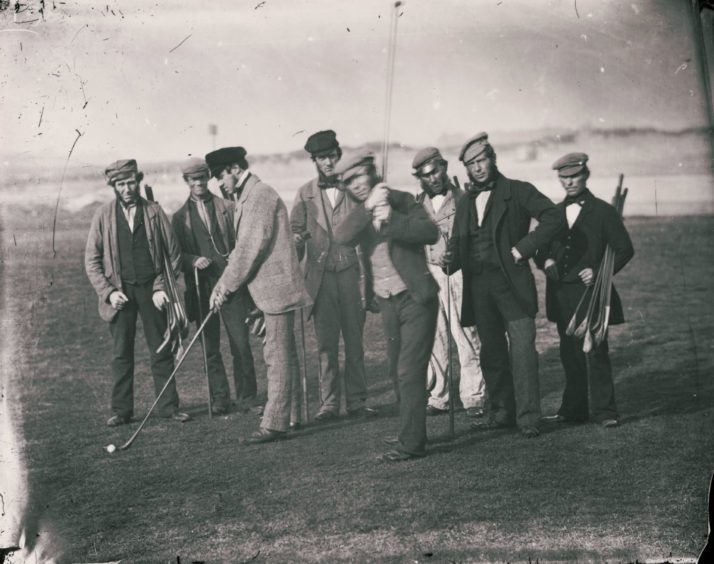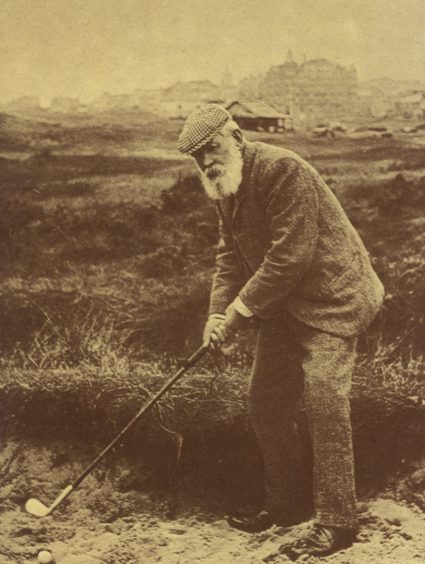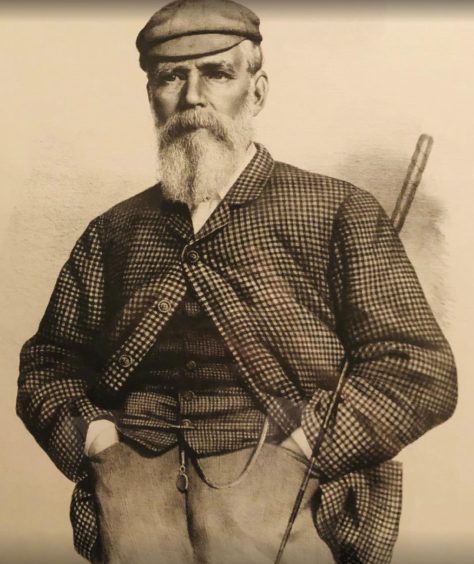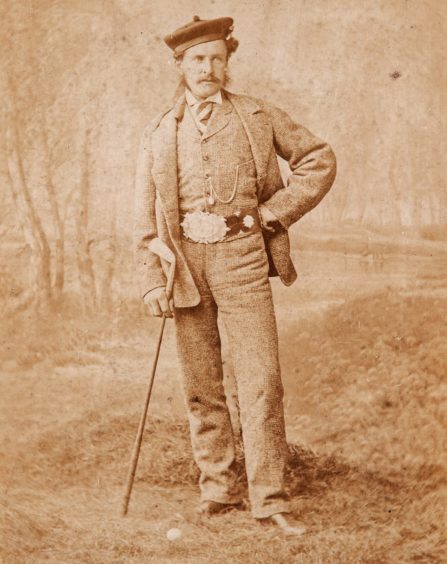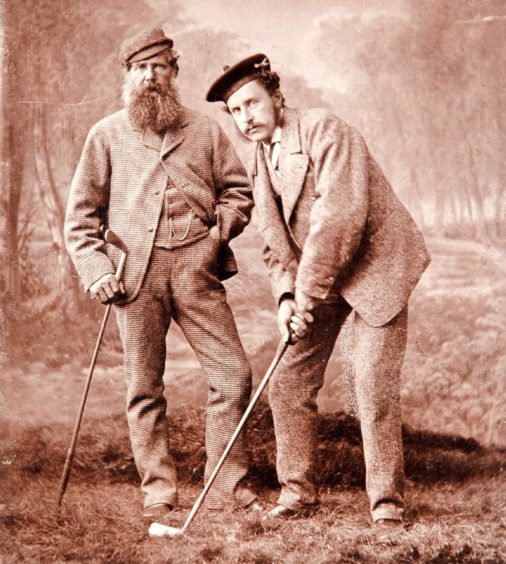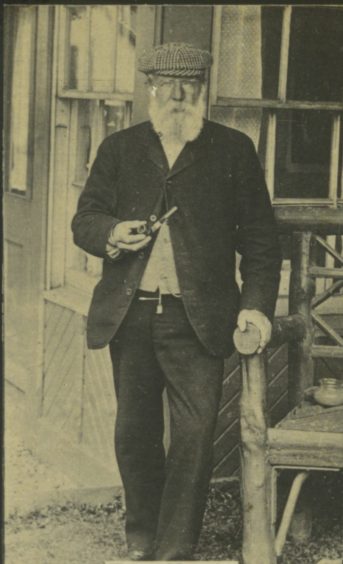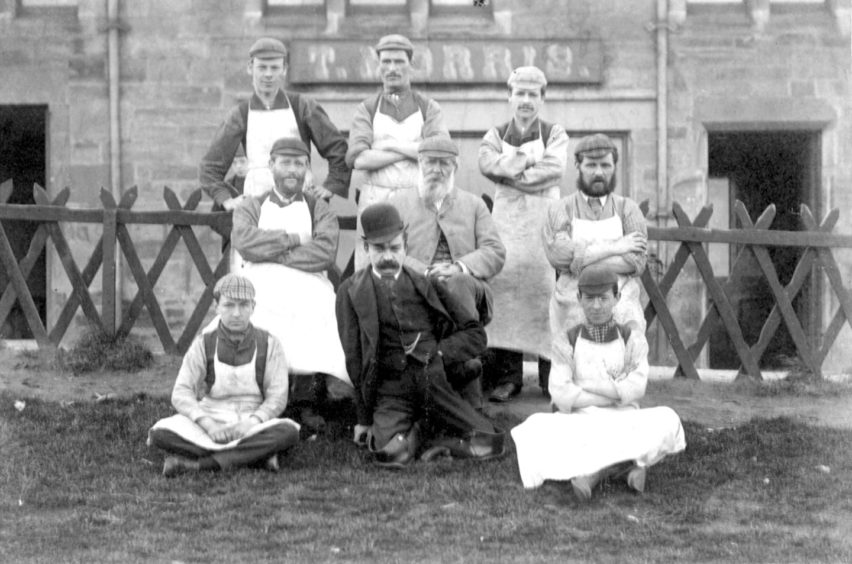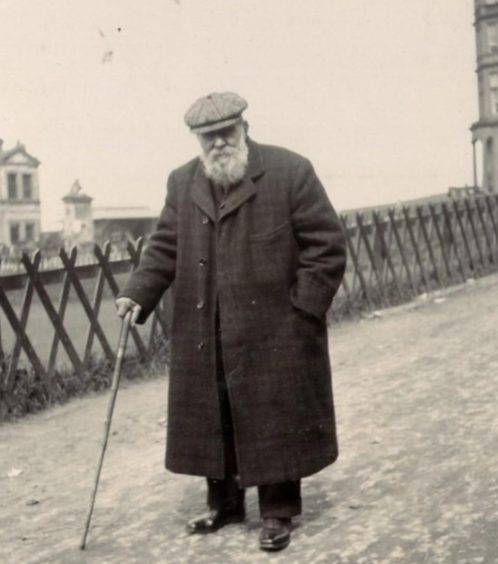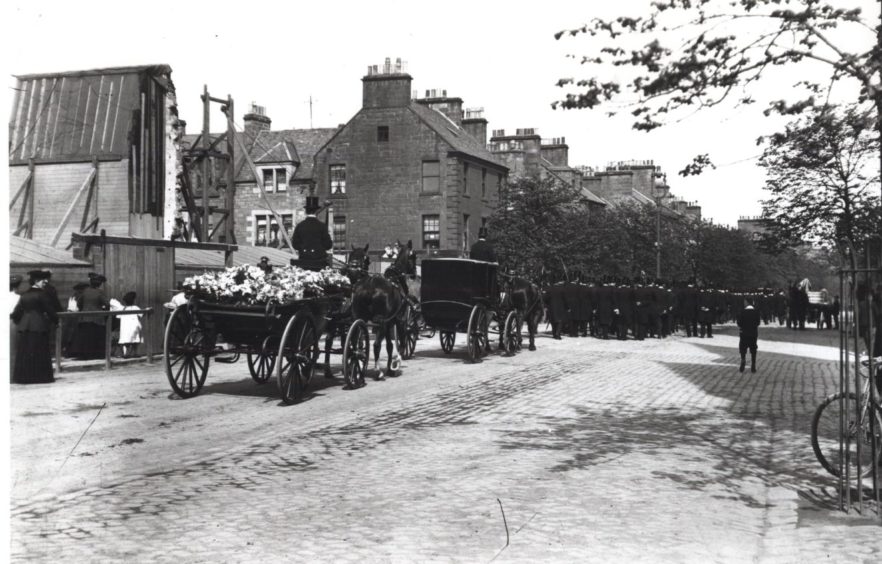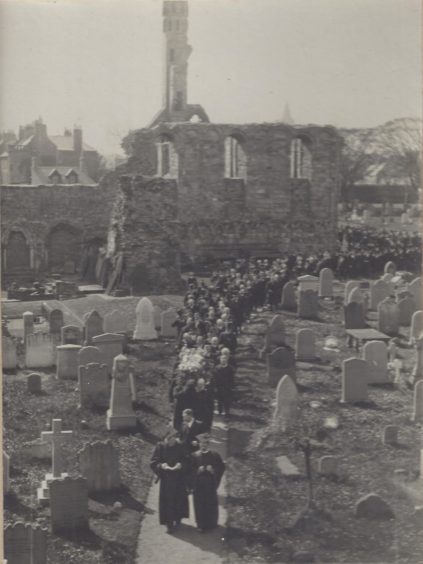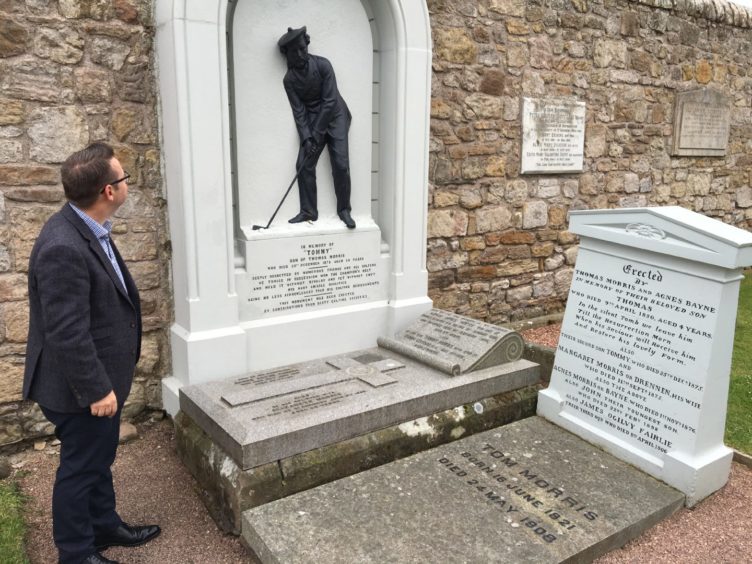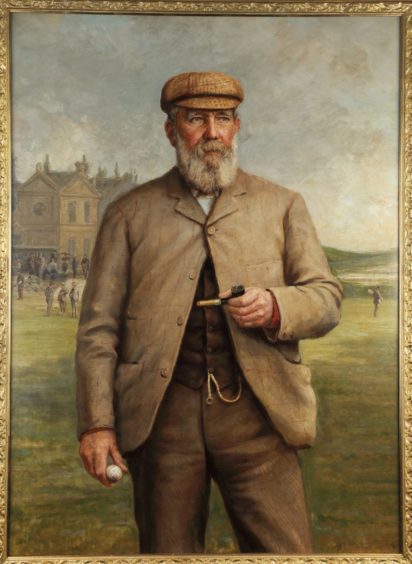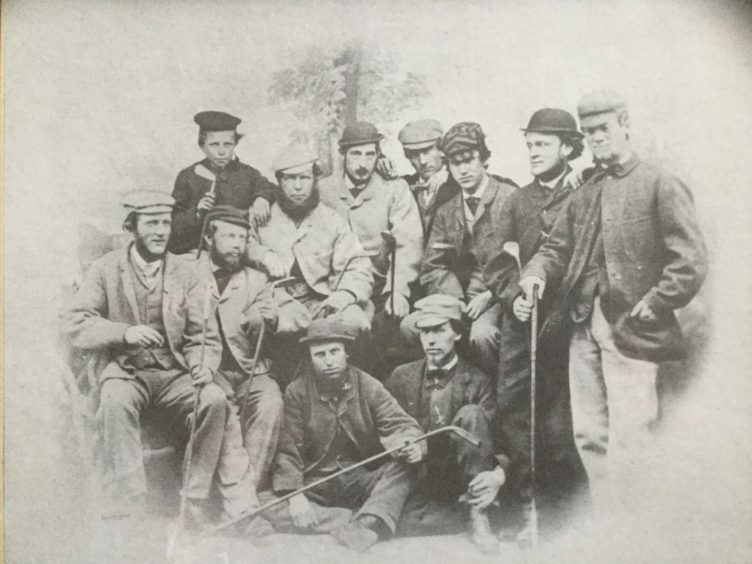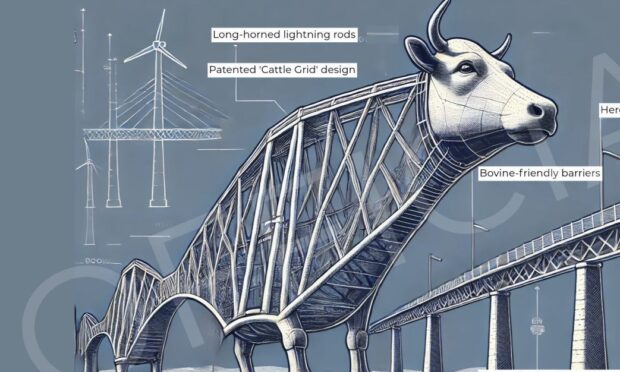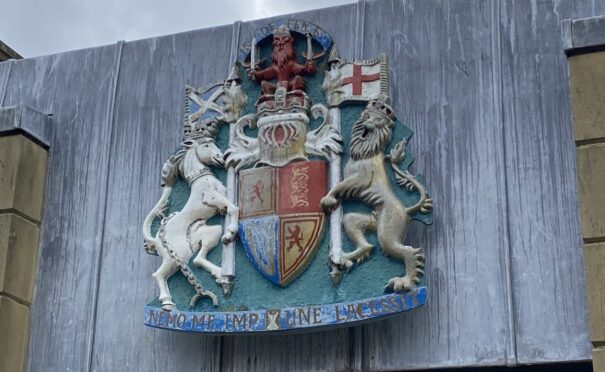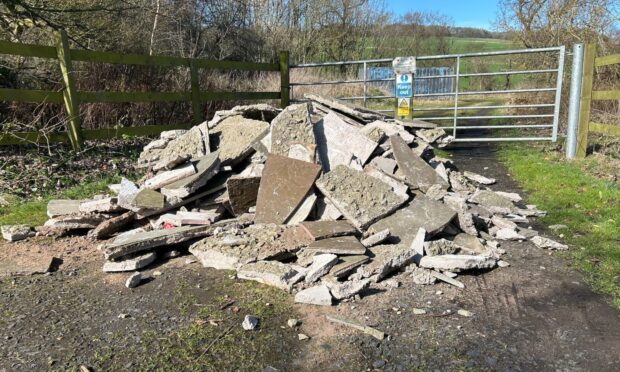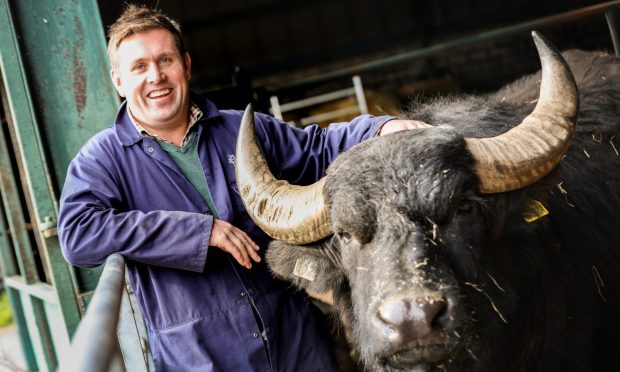Two hundred years after the birth of St Andrews golf legend ‘Old’ Tom Morris, Michael Alexander looks at the life, role and legacy of a man entwined with the evolution of the town and the game of golf itself.
When future four time Open champion, golf course designer, club maker and “grand old man of golf” ‘Old’ Tom Morris was born into a working class family in St Andrews on June 16, 1821, the town was in a relative state of decay.
Where once pilgrims had flocked from all over Europe to see the relics of Saint Andrew amid the majestic medieval splendour of St Andrews Cathedral, 300 years of post-Reformation decline meant run-down buildings and squalor blighted many streets.
Growing up in the then poorest part of town – the Fishergate area at the east end of North Street – Tom could easily have followed in the footsteps of his father John and become a weaver.
Yet at a time when both the town and golf were on the cusp of transformation, Tom became immersed in the game, which was free on the links, from a young age – going on to become a living legend who, by the time of his tragic death in 1908, was courted as golfing royalty across the social classes.
In the footsteps of Old Tom Morris
Northern Ireland-born author Roger McStravick charted the life and times of Old Tom Morris in his award-winning 2015 book ‘St Andrews in the Footsteps of Old Tom Morris’.
He was inspired to write it after seeing St Andrews historian David Joy portray ‘Old Tom’ at the Byre Theatre in 2010, and also after reading Kevin Cook’s book ‘Tommy’s Honour: The Story of Old Tom Morris and Young Tom Morris, Golf’s Founding Father and Son’.
In an interview with The Courier to mark the 200th anniversary of Old Tom’s birth, Roger, who coincidentally turns 50 on June 16, recalls how when he started researching his book via the St Andrews University archives, he discovered revelations about Old Tom that had never before been public.
The goldmine of information included personal statements from Old Tom about where he lived, memories of the links and opening his first shop.
There was confirmation that Tom, who played and caddied from a young age, started working as an apprentice for golf equipment maker and mentor Allan Robertson at the relatively old age of 18, by which time Tom was already one of the best golfers in St Andrews.
However, Roger was also able to paint a picture of the social history and wider changes taking place that laid the foundations for the St Andrews and world famous ‘Home of Golf’ known today.
“The St Andrews of 1821 into which Tom was born was a decrepit place,” says Roger.
“It had fallen over 300 years from the (John) Knox era. But it’s quite an exciting time for Tom to be growing up because St Andrews was evolving.
“Thanks to the vision of Hugh Lyon Playfair, who wanted something of the New Town in Edinburgh with middle class housing, good places to stay and the streets cleaned up, St Andrews was evolving into the metropolis of golf.
“Back in 1821 when Tom was born, the current Old Course first hole didn’t exist.
“That’s all reclaimed land.
“From the Swilcan Burn up to the R&A building, the coastline was like a ‘C-shape’.
“There was no first hole.
“But in the 1820s/30s, when Tom was 10, 11, 12, they started taking all the rubble from the town from the whole development revolution that’s going on, and dumping it on the beach, levelling it off to effectively create the fairway.
“Everything is improving and evolving.
“The golf ball was evolving in 1848. We had the train line coming in. The whole landscape is completely transforming thanks to Hugh Lyon Playfair.
“But from 1864 onwards, having gone to Prestwick Golf Club and then being rehired by the Royal and Ancient Golf Club to take charge of the St Andrews links, Tom is doing for the links what Sir Hugh Lyon Playfair did for the town.”
Revolution
Roger describes the changes brought in by Tom as “nothing short of revolution”.
Morris widened the Old Course fairways, enlarged the greens, changed the direction of play and applied green keeping techniques he had developed at Prestwick, building two new greens (on holes 1 and 18), and “managing” the hazards.
It was during this time that workmen opening up the ground to create the now 18th green of the Old Course temporarily downed tools after uncovering a cholera pit.
“He had a brilliant sense of drama,” says Roger. “Things like the Valley of Sin. There are lots of Biblical terms.
“But also whenever you are on a Tom Morris course, whatever is uphill is downhill and whatever is downhill is uphill. He’s really good at optical illusions.”
Tom Morris stayed in post as Keeper of the Greens at St Andrews until 1903, during which time he designed or redesigned over 100 courses. They included Arbroath, Crail and Carnoustie.
He also laid out The Himalayas nine-hole putting course in St Andrews in 1867 for the St Andrews Ladies Golf Club.
In his younger years he became established as a famed player. He came second in the first Open Championship in 1860, and won the following year. He followed this up with further victories in 1862, 1864 and 1867.
He still holds the record as the oldest winner of the Open Championship at 46 and was part of the only father/son couple being winner and runner-up.
His son Young Tommy Morris became the first young prodigy in golf history.
By 21, he had won four consecutive Open Championship titles in 1868,1869, 1870 and 1872 (there was no tournament in 1871).
Devastated
However, tragedy struck on Christmas Day 1875 when Young Tommy died in St Andrews aged 24, just three months after his wife Margaret and newborn baby died in childbirth.
“I think Tom was devastated,” says Roger.
“But I think he just got on with it because in those days you didn’t really show emotion.
“They weren’t very good at talking about feelings in Victorian times. People were dying all over the place.
“Also, Tommy wasn’t the first to die. Tom’s first child, also called Tommy Morris, died aged four. They had other sons, including a disabled son, John, who was in a wheelchair all his life.”
Living legend
Roger says that Old Tom became known as a “living legend” – largely because he touched almost every element of golf during his lifetime.
As a player he had been the best in the world; as a golf course designer he became renowned; as a course administrator and starter he became synonymous, and through course maintenance, he invented top dressing of greens when he accidentally tipped sand out and came back to find the grass was thriving.
He was also respected across the social classes.
On the one hand he could walk with caddies who had no shoes because he was “one of them”, and on the other, he was respected by the “gentlemen” of the R&A – even meeting royalty like Prince Leopold, Duke of Albany, who was Queen Victoria’s youngest son.
His transcendence of the classes was notable in life. But it also came to prominence in death.
Tragic death of Old Tom Morris
On May 24, 1908, Old Tom tragically died after falling down the stairs aged 86 in the St Andrews New Golf Club.
His death was announced in every national newspaper, Prime Ministers and noblemen took part in what was practically a period of national mourning, and his funeral cortege – headed by his grandsons and a procession of professional golfers including other local heroes – took up the whole of South Street on its way to his burial at St Andrews Cathedral.
“It’s good to talk about Old Tom’s death because there’s been lots of ‘oh he had a dram and fell down the stairs’ written over the years,” says Roger.
“But the New Club minutes are really good on this one.
“What he used to do was come in, have a cup of tea. He was 86 years old. He got up to go to the bathroom and he took the wrong door at the top of some really steep wooden steps.
“He took one step into the darkness and with nothing to grab on to, fell down the stairs and cracked his skull on the flagstones or wall at the bottom.
“He didn’t regain consciousness. He wasn’t killed instantly. They took him to St Andrews Cottage Hospital and he passed away.
“On the day of his funeral, all the shops in town closed, it was a period of mourning. It was noted in the Times. This was a big thing. This icon had died.
“He touched so many lives which explains why there was such a huge turnout for the funeral.
He was always described as genial.
“To think this guy, who outlived all his children, was there at the creation of the Open, helped create the course, transform St Andrews, run the links, a veteran of the town. It was a huge blow really.”
Tommy’s Honour film
Tom was not alone in making this a golden age for golf. However, his legacy lives on in the modern game.
Tom’s life reached out to a new audience through the 2016 Scottish BAFTA winning film Tommy’s Honour, directed by Jason Connery, which focussed on his son, but revolved around the complex relationship between ‘Old’ Tom (played by Peter Mullan) and ‘Young’ Tommy (played by Jack Lowden).
A red carpet UK premiere was staged at the NPH Cinema in St Andrews at the end of June 2017.
Speaking to The Courier from the USA, the film’s producer Jim Kreutzer says: “Tom Morris was and still is the pivotal initial source of the game of golf.
“Regardless of whether amateur or professional players, club makers, golf societies, course designers, course superintendents – all branches of these stem from Old Tom.
“Even the original set of the rules of golf came from him.
“We owe so much to him is beyond measure.
“I do not know what the major export is of my adopted country of Scotland , but Tom Morris, the man, is right up there. I am proud to have told part of his story on film.”
Tom Morris 200 commemorations
To mark the 200th anniversary of Old Tom Morris’ birth, St Andrews Links Trust has been welcoming golfers from across the UK on Tom Morris themed packages.
This is helping to bring visitors back into town and give a much-needed boost following the impact of the Covid-19 pandemic.
They’ve hosted a few special filming projects and on Sunday June 20, they have more than 40 clubs from across the UK and Ireland coming to St Andrews to compete in the Tom Morris 200 Medal.
All of the clubs have a connection to Old Tom, in that they were designed or he touched the layout in some shape or form, including Muirfield, Royal North Devon, Royal County Down, Royal Portrush, Carnoustie and Royal Dornoch.
A St Andrews Links Trust spokesperson said: “A lot of the clubs have held competitions for members to attend and compete.
“It’s a Sunday play on the Old Course in recognition of the unique nature of the event and Old Tom’s significance to the course and the town.
“We can’t do a big celebratory dinner but it promises to be a great day, and we’re thrilled with the response and the opportunity to almost recreate the incredible trips he must have made 150 years ago to these courses.
Askernish and Machrihanish are coming too!
“The New Club are also hosting a competition on Wednesday June 16 over the New Course, which is also great.”
